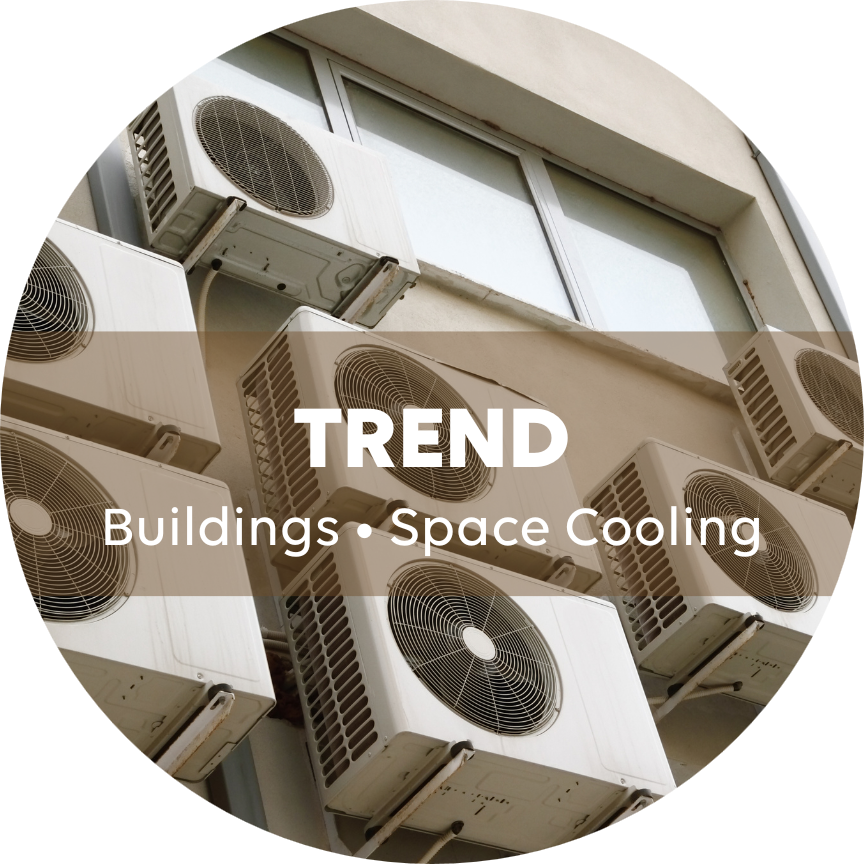Buildings • In the Face of Global Warming, Air-Conditioning is Locked in a Market Model That is Costly for the Climate
With emissions in 2019 three times higher than in 1990, the space cooling sector is the fastest-growing end-use in buildings.

In the Face of Global Warming, Air-Conditioning is Locked in a Market Model That is Costly for the Climate
The issue of cooling in buildings faces a double question of ensuring access to cooling in the face of rising temperatures and thus rising demand on the one hand, and on the other, the need to ensure energy efficiency and reduce greenhouse gas (GHG) emissions.
- While innovation in cooling technology has been progressing, an equivalent advancement in equipment available for use in the residential and commercial sectors has not yet been made, nor has demand caught up.
- At the same time, the role social and behavioural factors in air conditioner use and purchase remains a large policy blind spot.
- District cooling, while not yet as widespread as district heating, is catching on, and remarkably so in the Gulf Cooperation Council (GCC), as the growing market invites energy giants from around the world to invest.
- Space cooling that capitalises on the design and conception of buildings is on the rise, as seen in the growth in passive houses, super-reflective surfaces, and green and cool roofs.


